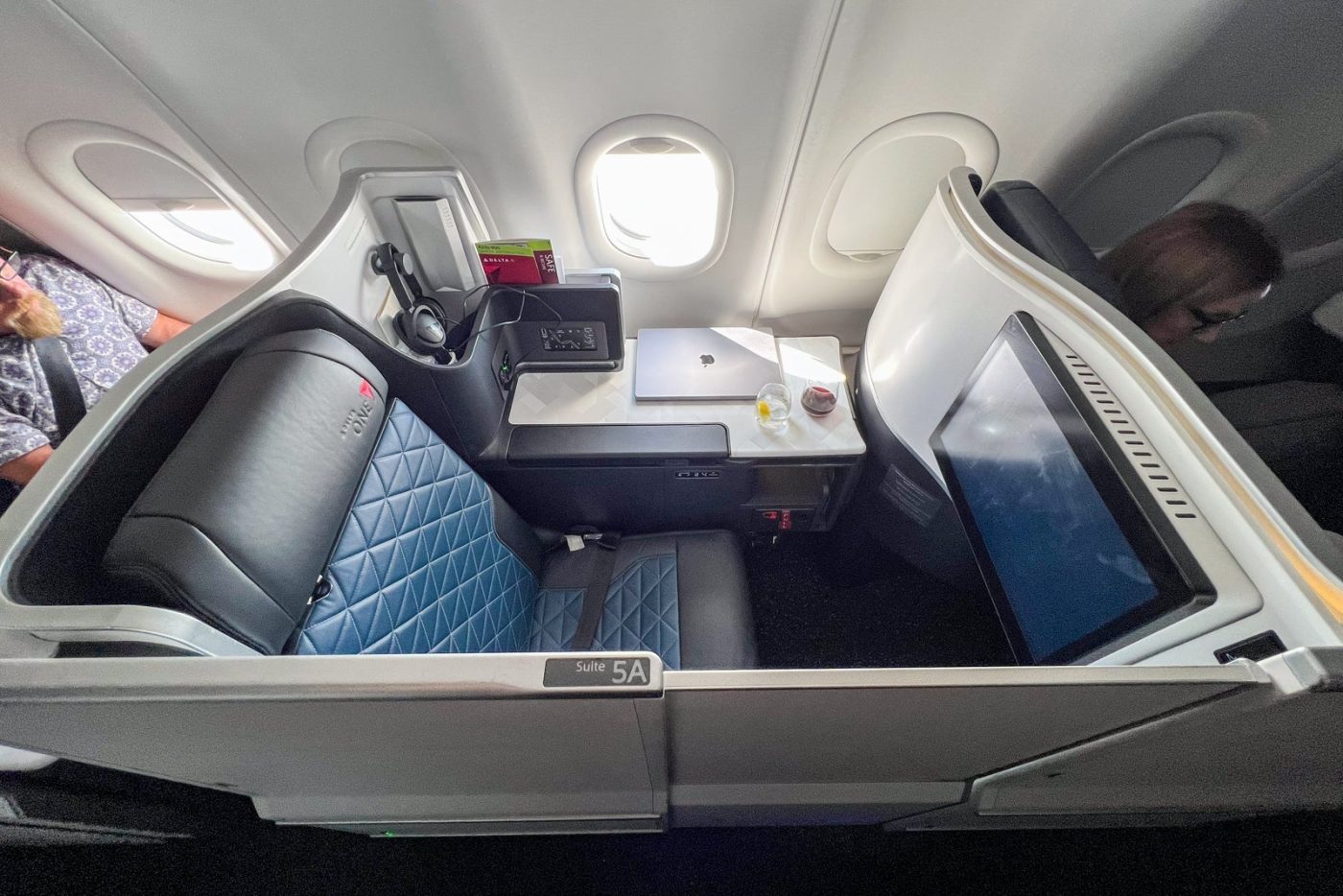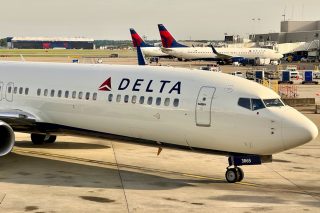How much your next flight or hotel redemption will cost depends largely on whether the loyalty program uses dynamic pricing or a traditional published award chart.
What dynamic award pricing means
Dynamic award pricing sets the points or miles required for a redemption based on current cash fares and demand, rather than fixed levels on a published chart. Pricing typically starts around what an off‑peak or standard award would have cost, but can rise dramatically during high‑demand periods. Because prices change with date, route and demand, you can’t know the cost for a trip until you search specific dates.
Why programs use it
Loyalty programs that adopt dynamic pricing argue it mirrors cash‑fare fluctuations, letting them offer awards on more flights or nights—potentially all available inventory—rather than limiting redemptions to a small number of award seats at a fixed price. That can make points easier to use in some cases.
Main downsides
The biggest drawback is unpredictability and volatility: award costs can spike to very high levels during peak travel days, holidays or highlocal demand, reducing the value of your points. Without a published chart, programs can also increase rates with little notice, making it hard to plan and save the exact amount needed.
How it appears in airline programs
Many major airline loyalty programs have moved to dynamic pricing for flights they operate, including:
– Air France‑KLM Flying Blue
– Air Canada Aeroplan
– Alaska Airlines Atmos Rewards
– American Airlines AAdvantage
– Delta SkyMiles
– JetBlue TrueBlue
– Southwest Rapid Rewards
– United MileagePlus
– Virgin Atlantic Flying Club
Example: American AAdvantage
A single nonstop business class route (JFK to CDG) can show widely different AAdvantage prices depending on date — for example, 181,000 miles on one day versus 402,500 miles only a few days later — because the program prices awards according to expected cash demand for those dates.
How it appears in hotel programs
Major hotel programs using dynamic pricing include:
– Marriott Bonvoy
– Hilton Honors
– IHG One Rewards
Example: hotels in New York during the holidays can sell for around 100,000 Bonvoy points per night in late December, then drop to roughly 71,000 points a few weeks later in January, reflecting typical demand swings.
Programs that still use award charts
Many programs retain published award charts (distance‑ or zone‑based), which gives members predictable redemption targets. Examples include:
– ANA Mileage Club
– Avianca LifeMiles
– British Airways Avios
– Iberia Club
– Qatar Airways Privilege Club
– Singapore KrisFlyer
– Turkish Airlines Miles&Smiles
– World of Hyatt (hotel award chart; excludes some dynamically priced properties)
Distance‑based charts set prices by mileage bands; zone‑based charts charge fixed rates between geographic regions. Charts may still include peak/off‑peak pricing or restricted inventory for the lowest levels, but they provide clearer expectations for how many points you’ll need.
How to beat or work around dynamic pricing
– Check partner award availability: partner airlines may price at fixed levels even when the operating carrier uses dynamic pricing.
– Book through a partner program that uses award charts.
– Travel shoulder seasons or off‑peak dates to find lower dynamic prices.
– Watch for redemption sales or specials from programs.
– Use credit card or elite benefits that offer award discounts or expanded availability (e.g., some airline co‑branded cards provide percentage discounts or extra award seats).
Bottom line
Dynamic award pricing means award costs can vary day to day and often reflect cash demand. It can make awards more broadly available but also less predictable and sometimes much more expensive during peak times. Knowing which programs use dynamic pricing, checking partner options, and using discounts or timing strategies can help you get better value from your points and miles.




